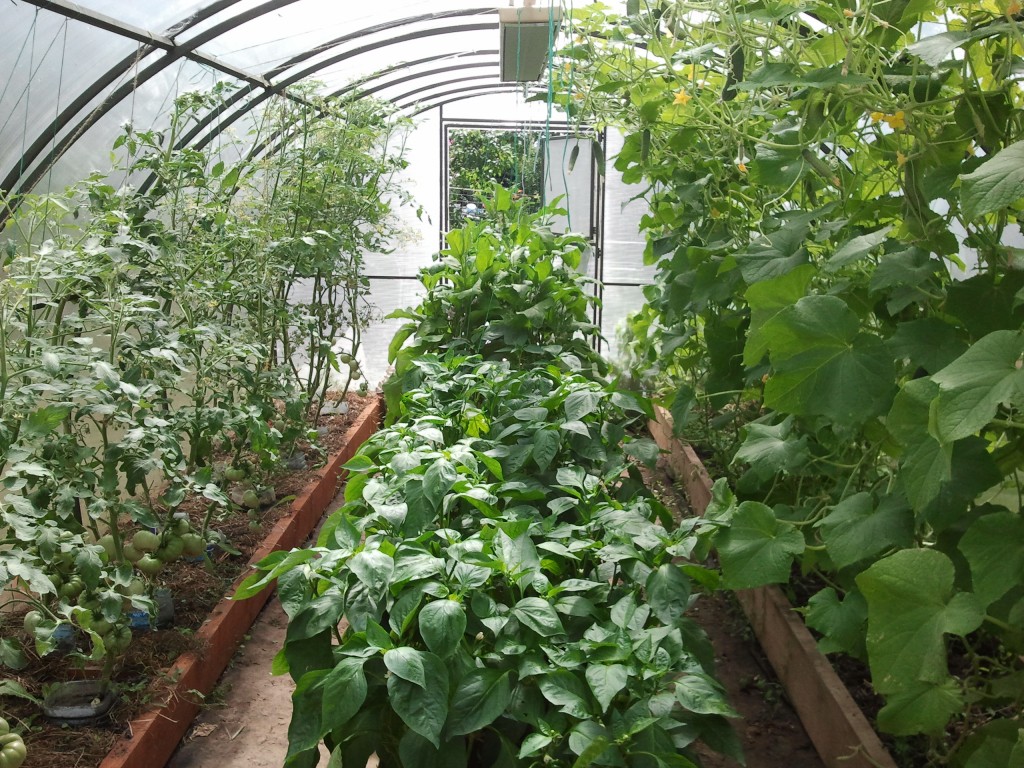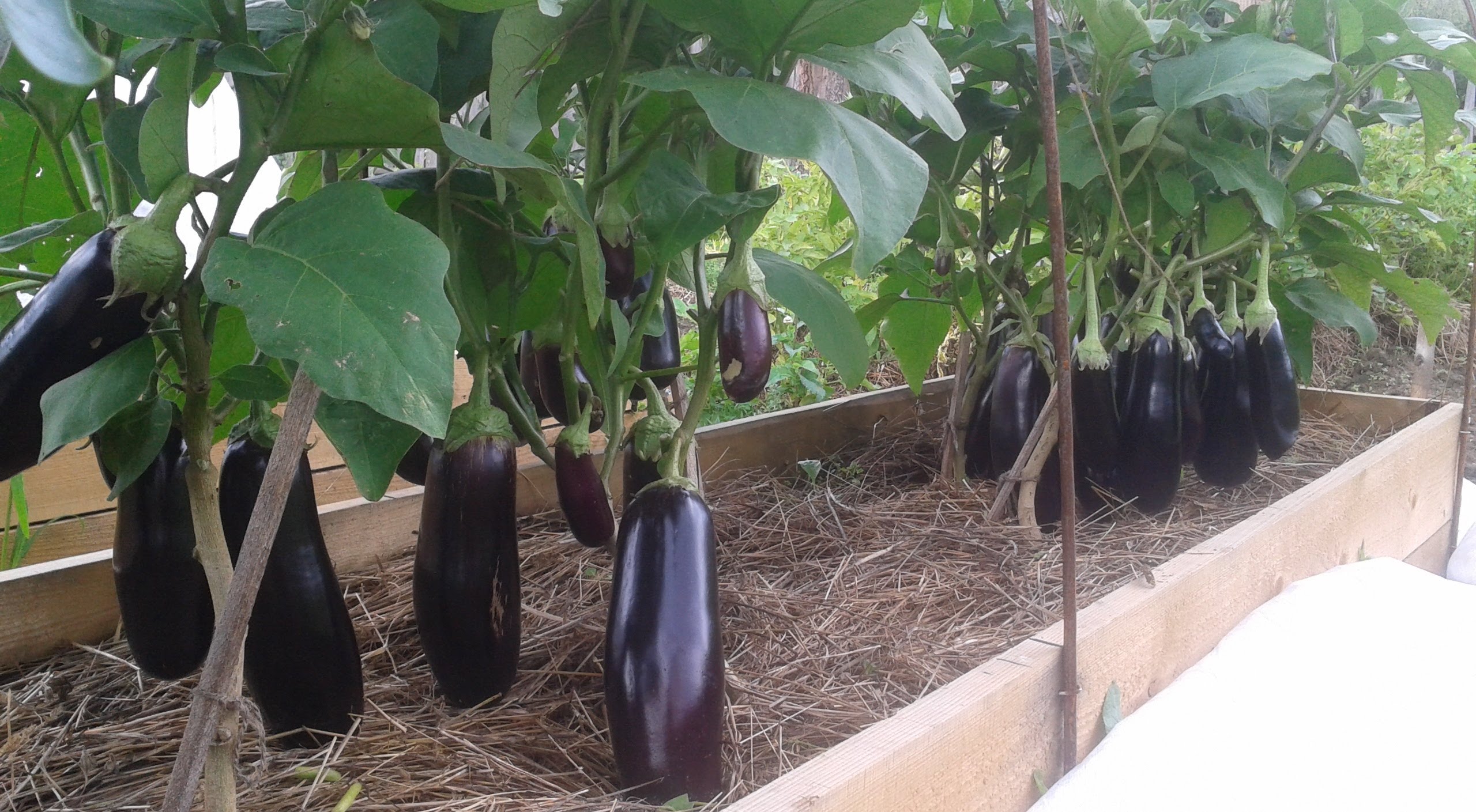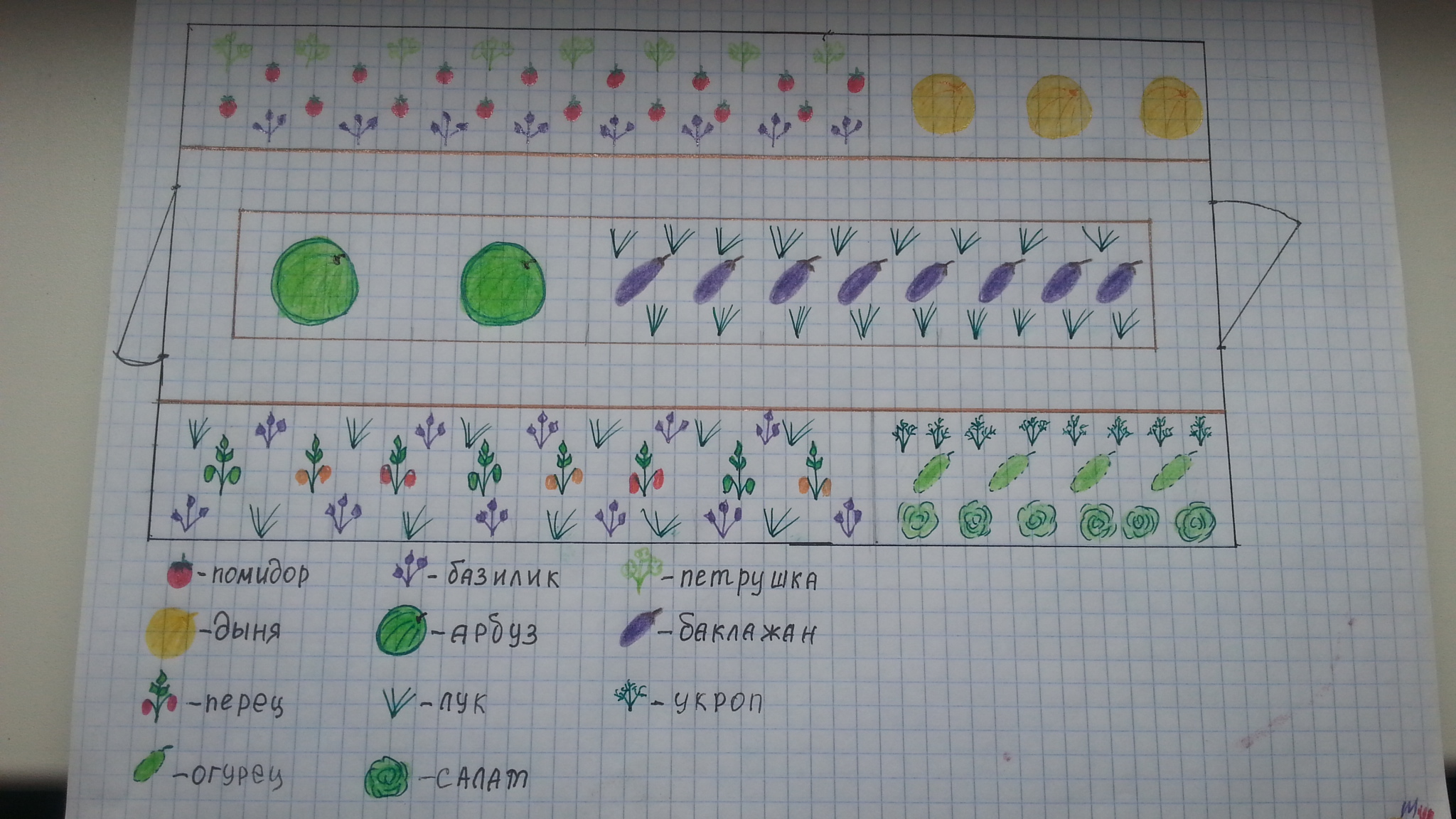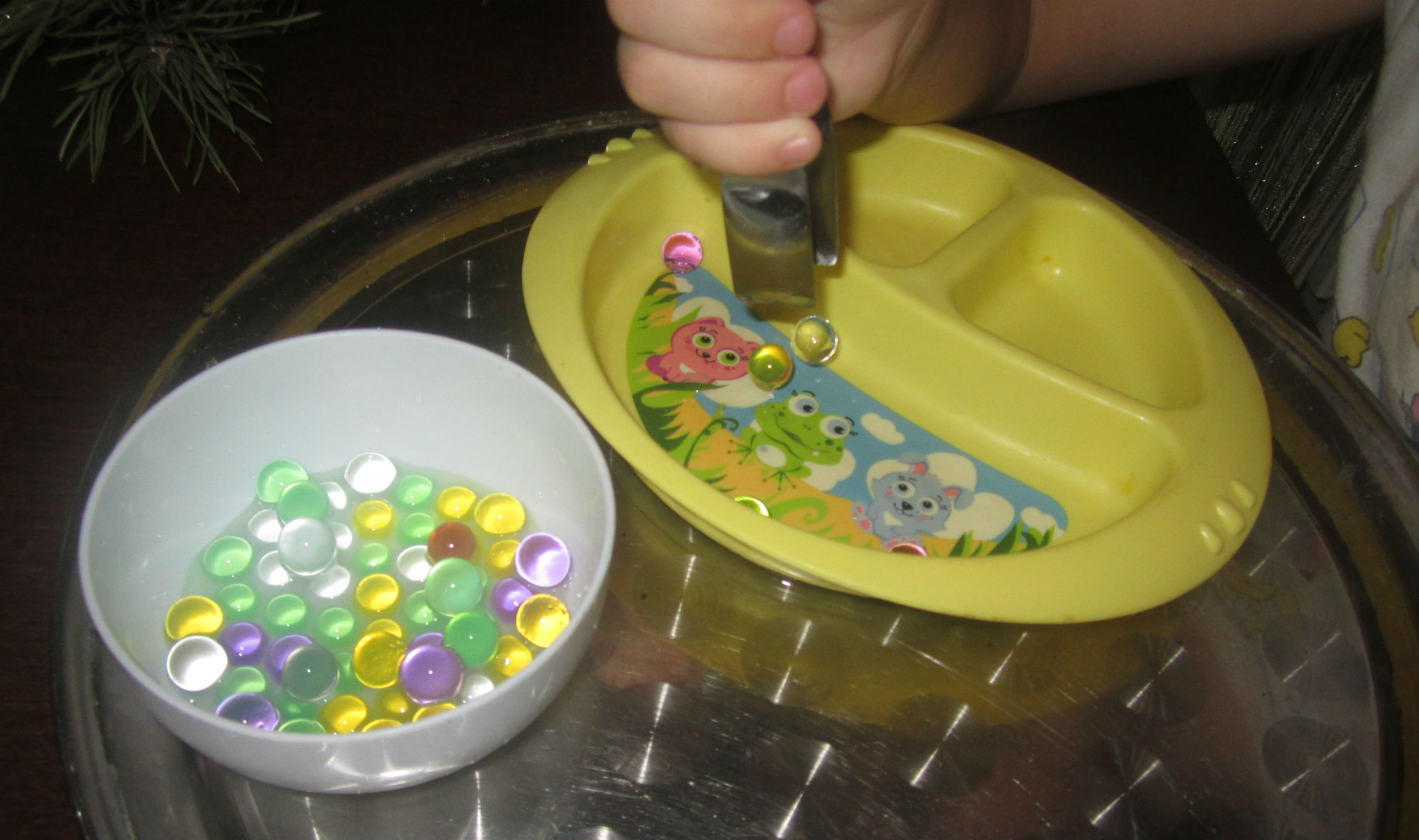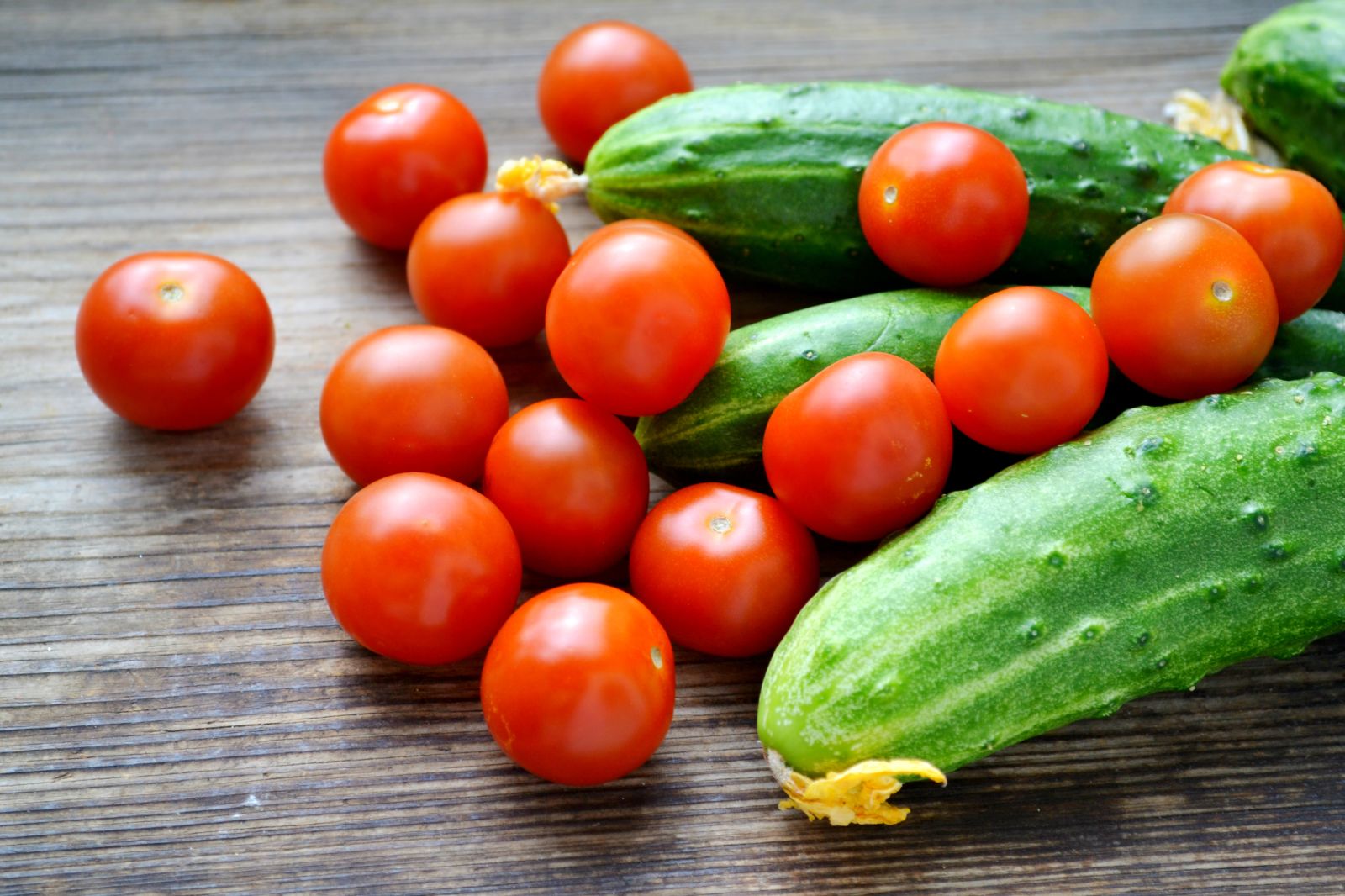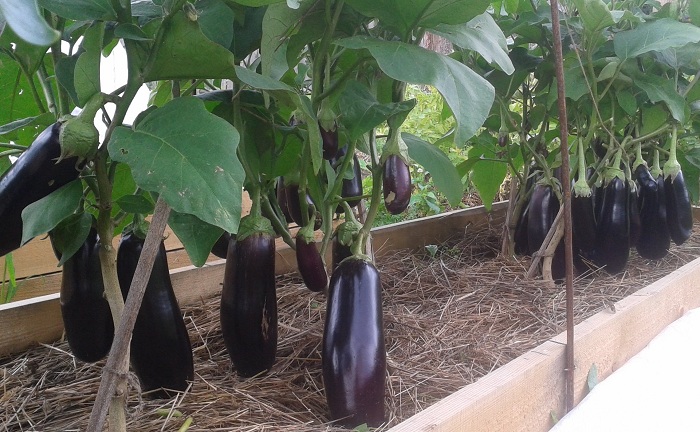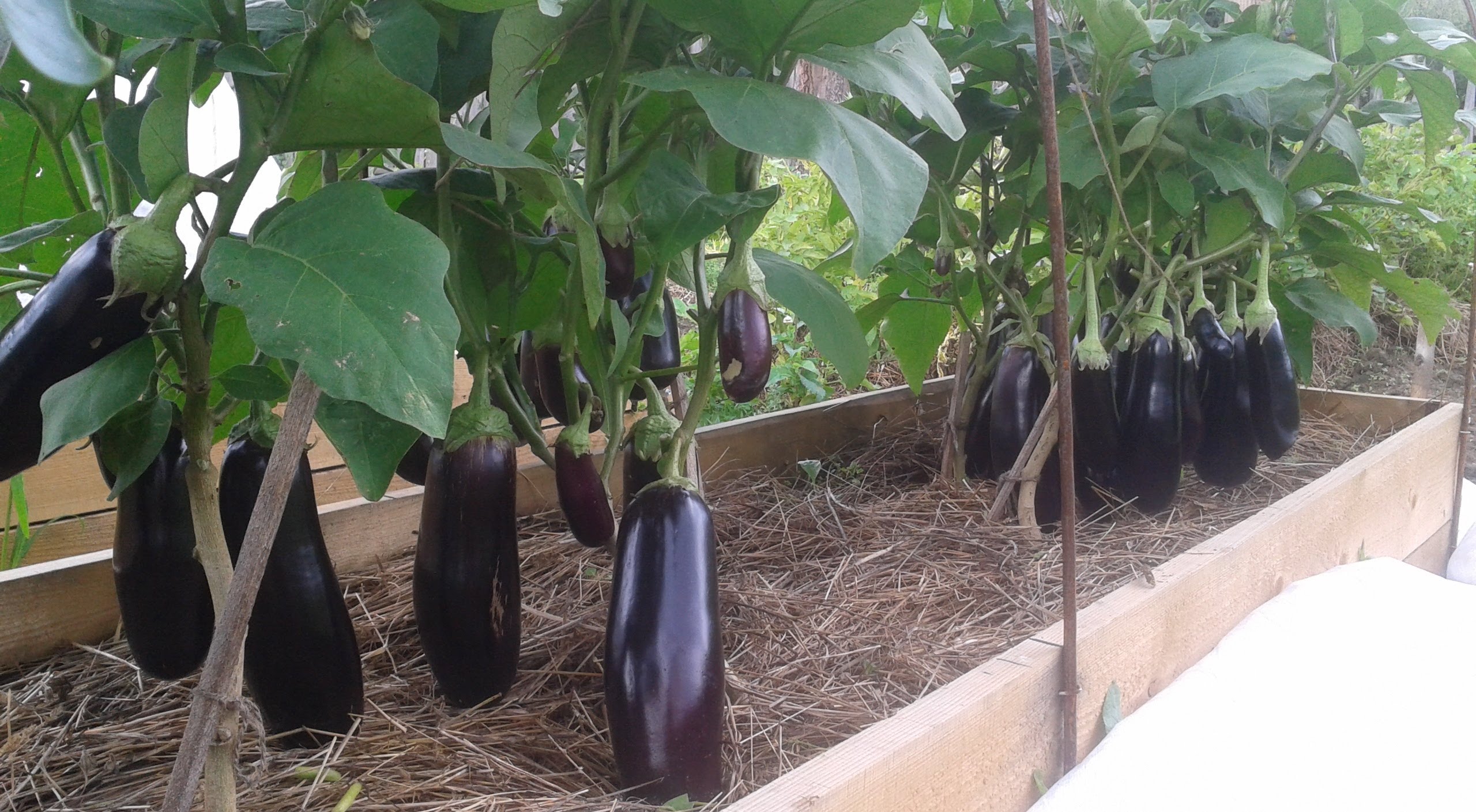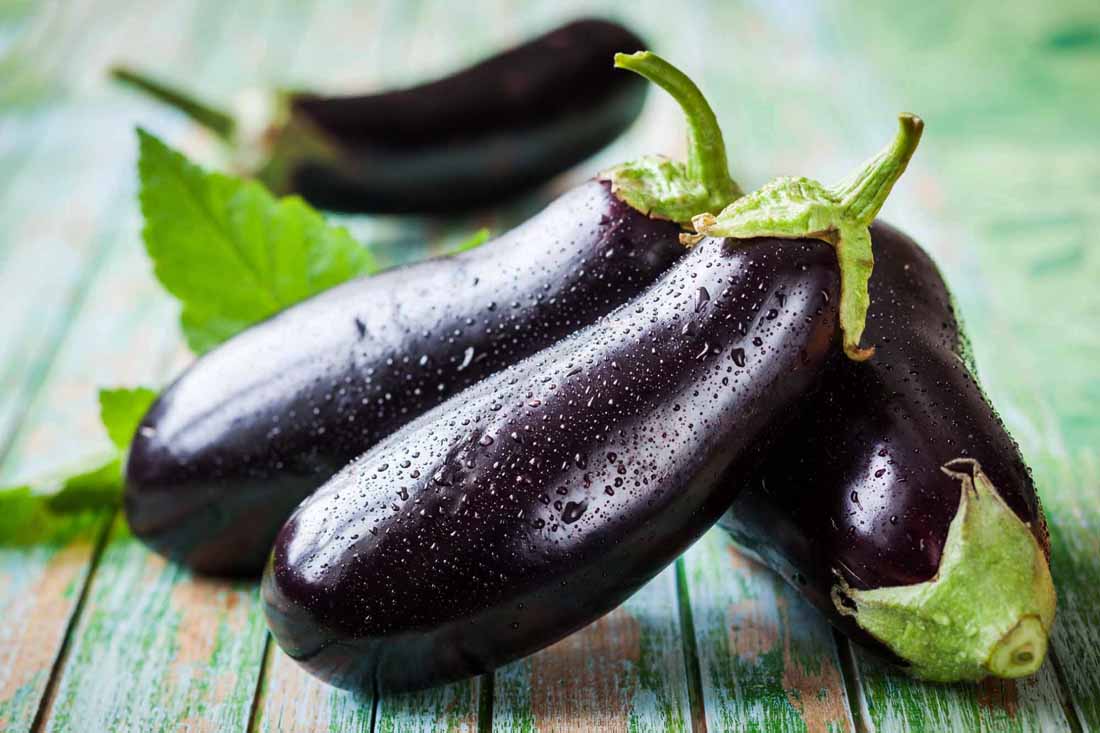Content:
If there is a greenhouse on the site, it is worth making the most of its usable area and placing as many crops as possible in it. This is especially true in the northern parts of the country, where the cultivation of many vegetables is possible only in greenhouses. These are the heat-loving eggplants. Often their neighbors in the greenhouse are tomatoes, as the most popular garden crop.
Tomato and eggplant compatibility
To plan the placement of crops in the greenhouse, you must first familiarize yourself with their compatibility. Their productivity depends on whether they are able to get along with each other or not. Some "neighbors" have a positive effect, increasing this indicator in another crop, others - neutral, and still others, on the contrary, negatively affect the yield.
Tomatoes and eggplant
Can tomatoes be planted next to eggplants under the same roof? Tomatoes and eggplants in the same greenhouse are considered extremely unfortunate neighbors for several reasons:
- eggplants love elevated temperatures inside the greenhouse and bright sun, while in such conditions tomatoes begin to burn and shed their ovaries;
- the watering regime for these two crops is different: tomatoes prefer moderate and infrequent watering (except for the time interval between planting and budding), and eggplants need abundant watering. If these conditions are violated in the greenhouse, late blight rapidly develops, and pests are also activated;
- the proximity of eggplants and tomatoes creates ideal conditions for pests to attack them. They are the same in both cultures;
- competition for nutrients in the soil. Both of these representatives of the nightshade consume a huge amount of nutrients from the soil during the growing season and fruiting.
After analyzing the compatibility of the two crops, it is obvious that it is quite difficult to grow tomatoes and eggplants in the same greenhouse, but it is possible by resorting to some agricultural techniques and providing them with thorough care.
Tomatoes, eggplants and peppers
These three crops are classified as nightshade, so they can be planted together indoors. In this case, several nuances should be taken into account.
Eggplants and peppers are considered ideal neighbors on one condition - the pepper variety should not be bitter. Otherwise, the taste of the eggplant will deteriorate. Otherwise, the proximity of these two crops is considered successful: their bushes are compact, therefore they do not shade each other, the requirements for temperature and humidity, as well as for illumination, are very close. Quite often, peppers and eggplants are planted together in a low greenhouse.
Thus, for planting these three crops in one greenhouse, the sunniest side is given for peppers and eggplants, and tomatoes are planted in the rest of the area.
The sequence of longitudinal beds is as follows: tomatoes, peppers, eggplants. In this case, two unfortunate neighbors will be separated by a row of peppers.
Tomatoes, eggplants and cucumbers
Tomatoes and cucumbers in the greenhouse are grown on a trellis, so they can shade the eggplants. The latter must, as in the previous case, be placed on the sunny side. For planting these three vegetables, it is necessary to create three beds and plant crops so that there are cucumbers between the tomato and eggplant rows.
Cucumbers are not considered the most successful neighbors for both nightshades - they need high soil and air humidity, and also love sprinkling, which tomatoes and eggplants cannot stand. Therefore, with such mixed plantings, it is recommended to select early varieties of cucumbers with a friendly return of the harvest.
Often all four crops are grown in greenhouses: tomatoes, cucumbers, peppers and eggplants, and when each of them is created the necessary conditions, you can harvest good harvests in a season.
Schemes for placing tomatoes and eggplants in protected ground
The main requirement for mixed planting of vegetables in the greenhouse is the correct organization of lighting. All seedlings inside the structure must receive the required amount of sunlight. In this regard, it is recommended to install the greenhouse from north to south and arrange the beds in the same direction.
Greenhouses and greenhouses made of polycarbonate have unstable structures, therefore, their installation requires a concrete foundation. In this case, the so-called boxes are most often used to form the beds, and a layer of drainage, nutrient organic matter (humus, compost) is laid in them and the soil is filled up.
In this case, the paths remain concrete. Only one type of vegetables needs to be planted in each such box. Thus, tomatoes and eggplants will grow in separate groups. The northern part of the greenhouse is allocated for tomatoes, and the southern part for eggplants.
Depending on the size of the greenhouse, the number of planting rows may be different. Most often, even with a narrow greenhouse, it is recommended to organize two passes and three ridges: plant eggplants on the extreme sunny, and tomatoes on the second extreme.
To prevent eggplants and tomatoes from growing side by side, you can use various methods for dividing the plantings.
- Zoning, that is, the organization of the partition. Here you can use a film, oilcloth, polycarbonate sheet and other materials at hand. The earth also needs to be separated: to drive in boards, slate, etc. So you can divide the greenhouse into zones for separate growing of vegetables, in each of which it is easy to create ideal conditions. It is necessary to think over the entrance to each zone - for this they make additional doors or simply raise the partition and lower it, for example, for watering.
- Planting other crops. To prevent eggplants and tomatoes from growing too close, other crops can be planted between their ridges, for example, herbs, salads, radishes. If it is a pity to give space in a greenhouse for such crops (in summer they grow well in the open field), it is recommended to plant cucumbers or peppers.
Thanks to the above recommendations for planting placement, eggplants in a greenhouse with tomatoes grow well and give bountiful yields.
Growing and care
How to grow eggplants in the same greenhouse with tomatoes, if their requirements for keeping conditions are completely different? Of course, when zoning these two crops, the task is simplified: in the eggplant zone with abundant watering, the air humidity will be increased, and in a room with tomatoes, with a window and ventilation, this indicator will be much lower, which is suitable for both types.
If zoning is not provided, tomatoes need to be planted near the front doors, as well as make several vents and constantly arrange through ventilation for them.In the absence of ventilation, late blight will quickly develop on tomatoes, and with high humidity, the poured tomatoes will crack.
So that the eggplants do not suffer from a lack of moisture, you can use a hydrogel for planting them, or after it you can mulch the garden bed.
Both tomatoes and eggplants, when planted together, need especially careful care. This is especially important in the absence of a partition between them.
In addition to watering and fertilizing, special attention should be paid to the formation of crops - the removal of the lower leaves (in tomatoes) and pinching. Then illumination and air permeability will be observed. Preventive treatments against diseases and pests are necessary, since when they appear, they will quickly spread to both crops. Fungicides are used against late blight: "Fitosporin", "Tomato" and others.
In addition to eggplant, tomatoes do not like peas, dill, fennel, corn, and many types of cabbage.
